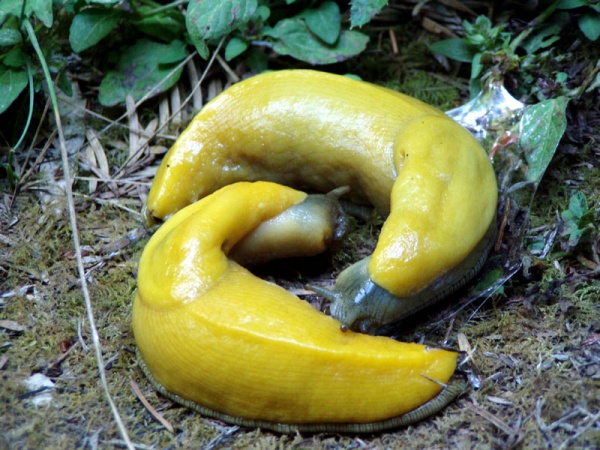Facts About Banana slug
Banana slugs, belonging to the genus Ariolimax, are fascinating creatures native to North America. They are renowned for their striking yellow coloration but can also appear in hues of green, brown, tan, or even white. The Pacific banana slug holds the distinction of being the second-largest terrestrial slug, reaching lengths of up to 25 centimeters and weighing as much as 115 grams. These slugs have a lifespan ranging from 1 to 7 years and utilize a specialized feeding structure called a radula.
One of the most intriguing aspects of banana slugs is their two pairs of tentacles. The upper pair is instrumental in detecting light and movement, while the lower pair is adept at sensing chemical signals. They respire through a single lung and have developed a remarkable adaptation to prevent desiccation: the production of mucus and the ability to enter a state of aestivation to conserve moisture. Their mucus serves multiple functions, including maintaining hydration, containing pheromones for mating, and even numbing the tongues of predators.
The species Ariolimax columbianus can be found in the verdant Pacific coastal coniferous rainforests, stretching from Southeastern Alaska to Santa Cruz, California. They also inhabit other forested regions along the coast and in mountain ranges. Some scientists theorize that certain populations may be remnants from the Pleistocene epoch.
Banana slugs play a crucial role in their ecosystems as detritivores, feeding on dead organic matter. This activity aids in the decomposition process and recycles nutrients back into the soil, thus contributing to the health of forest environments. Despite their slimy defenses, they are preyed upon by animals such as raccoons, garter snakes, ducks, and salamanders.

 Mexico
Mexico